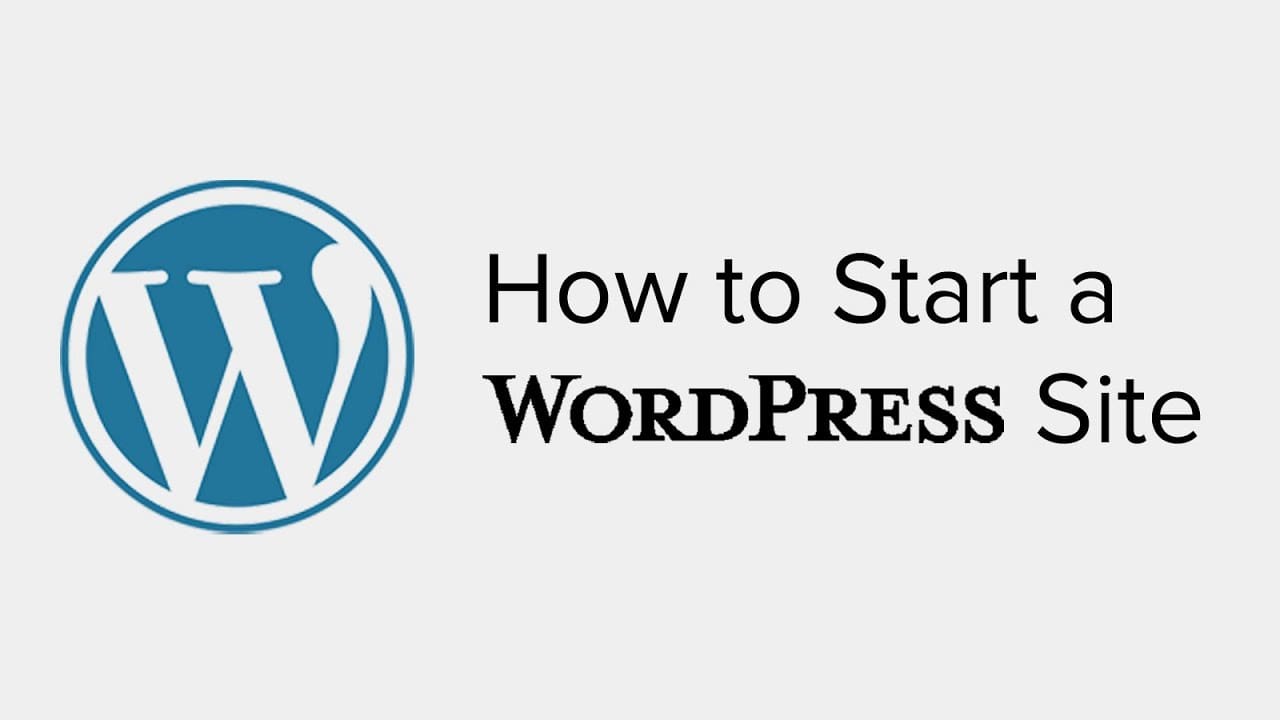A robust mobile app can help your business succeed, and to do so, you need to create a mobile app that is rich in customer-centric features and capable of engaging all users significantly. This blog focuses on Google’s Flutter, one such fantastic mobile app technology.
Flutter was released in 2017, it is a relative newbie in the cross-platform app development sector. However, it has achieved success in mobile app development due to its solid features and special perks. Let’s see what flutter is and why flutter mobile development is the future.
What Exactly Is Flutter?
Flutter is a Google open-source UI software development kit that allows you to create applications for a variety of platforms. You can create apps for iOS, Android, Windows, Mac, Linux, web, and Google Fuchsia using a single codebase. The UI toolkit, written in C, C++, and Dart, assists you in creating natively-compiled applications.
What Makes Flutter So Special?
One key feature that distinguishes Flutter is its ability to construct apps for many platforms from a single codebase. You don’t have to reinvent the wheel by developing new code for each platform.
Furthermore, the user interface is identical on Android and iOS. As a result, when you employ Flutter developers, they won’t have to deal with platform-specific stylistic concerns. The Flutter framework ensures that everything looks the same.
Flutter also has additional advantages, such as editor integration, live to reload, and a faster time to market.
Many developers believe that Flutter is the future of mobile app development. This article explains why developers feel this way.
10 Reasons Why Flutter Will Rule The Future Of Mobile Development Market
1. A Single Codebase For Any Platform Application.
Flutter is a platform with a single codebase. Any application created using Flutter is compatible with the Android and iOS platforms. This saves entrepreneurs time by allowing them to get their businesses into the market more quickly. You only need to code once, and the program will operate on any platform.
2. App Debugging Using Hot Reload.
The Flutter’s defining characteristic is hot reload. The changes you make to the source code will be reflected instantly in the current program without the need to recompile the source code or restart. This reduces the developers’ development time.
3.Fully Customizable Widgets.
Flutter includes a lot of widgets for creating user interfaces. The widgets are reusable and customizable, making them helpful for future development. Flutter also includes two widget sets: Material Design and Cupertino.
Material Design is Google’s design, while Cupertino is Apple’s iOS Human Interface standards. This provides developers with a myriad of creative alternatives for creating visually appealing apps.
4.Best For Cross-platform Applications Development.
A cross-platform application is a software program that can be easily implemented across numerous platforms and devices.
Flutter has been a popular tool for cross-platform application development since its initial release. Once the code has been turned into a fully functional program, it can be used on any platform, including iOS, Android, Windows, and Mac OS.
5. Testing Is Significantly Simpler.
The QA team would find it easy to test the application because mobile apps are produced from a single codebase using Flutter technology. Thus, they can start testing on a single platform for functionality, user interface, usability, and logical formation, rather than wasting time testing many platforms.
6. More Rapid App Development.
As previously said, the primary benefit of Flutter is the single codebase and hot reload functionality, which allows developers to create a functioning app in a short time.
Entrepreneurs looking to develop a minimum viable product for their company idea can use Flutter technology to produce a functional prototype to market or present to investors.
7. Low Development Costs.
In today’s mobile app development industry, the cost of producing a native mobile app is around $30,000. This is because it would be costly to develop an app for several platforms. In addition, there are additional expenses to consider, such as marketing, team building, server fees, and so on. Flutter lowers development costs since you just pay for one source code. And the source code is also cross-platform compatible.
8.Best For MVP.
The minimum viable product (MVP) is a product that requires the minimum of functionality and features to understand the needs of the target audience while also obtaining sufficient validation for future product iteration. The MVP prototype reflects the essence of the company concept and is intended to achieve the primary business goal.
When you want to get your firm into the market quickly or show your investors a functional prototype, an MVP is ideal. On the other hand, flutter mobile development is perfect for creating a minimum viable product for your company since it speeds up the development process and offers an appealing UI design style.
9. Firebase Integration.
Firebase is a platform for developing Backend-as-a-Service (BaaS) apps. It helps developers focus on consumers by utilizing analytics, databases, messaging, and crash reporting. Firebase is quick and straightforward to include in the Flutter platform.
10. A Diverse Set Of Open Source Programmes.
Flutter includes free open source packages to help you create your project quicker. Loading Animations, Youtube player, Frideos flutter, Flutter eCommerce are some of the notable open-source packages. Since Flutter is an open-source platform, developers are contributing to the library.
Wrapping Up.
Experts believe Flutter will be the undisputed ruler of mobile apps soon for various reasons. First, flutter mobile development has significant business benefits. Companies can bring their products to market faster, save money, and target different platforms, and therefore more people, all at once.
Flutter is simple to use for developers and enables speedier app development. In addition, the increasing community assures that any issues are handled as soon as possible.





